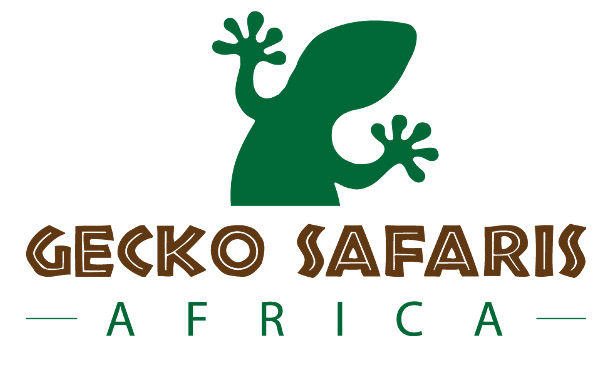Frederick Courteney Selous: The Legendary Explorer and Conservationist
Frederick Courteney Selous (1851–1917) was a British explorer, hunter, soldier, and conservationist who embodied Victorian and Edwardian-era adventure. His exploits in southern and eastern Africa left a lasting legacy in exploration and wildlife conservation. Today, his legacy lives on in the Selous Game Reserve, one of Africa’s largest protected areas, named in his honor.
Early Life and Passion for Adventure
Selous was born on December 31, 1851, in London and developed an early fascination with exploration and the natural world. He attended Rugby School, where his passion for the outdoors and hunting grew. At 19, he left England for Africa, seeking adventure and a life away from the conventional.
Exploration and Big Game Hunting
Selous spent much of his adult life in southern Africa, traveling extensively in regions that are now Zimbabwe, Zambia, and Botswana. He became one of the most famous big-game hunters of his time, tracking elephants, lions, and other wildlife.
While his hunting skills earned him renown, they also contributed to the Victorian fascination with Africa as a land of untamed wilderness. Selous documented his experiences in his widely read book A Hunter’s Wanderings in Africa (1881), which inspired future explorers like Theodore Roosevelt.
Contribution to Conservation
Despite his early reputation as a hunter, Selous later became one of the first proponents of wildlife conservation. He recognized the devastating impact of unregulated hunting and advocated for the establishment of protected areas to preserve Africa’s unique ecosystems.
The Selous Game Reserve, designated in 1922, stands as a testament to his conservation vision. Today, it is a UNESCO World Heritage Site and one of the largest wildlife sanctuaries in the world, home to elephants, lions, wild dogs, and other iconic species.
Military Service and Final Years
During the First World War, Selous, then in his sixties, joined the British Army as a captain in the 25th (frontiersmen) Battalion, Royal Fusiliers. He served in East Africa, where his knowledge of the terrain and local wildlife proved invaluable.
Enemy forces killed Selous on January 4, 1917, during the Battle of Behobeho in present-day Tanzania. Authorities honored his bravery and dedication with the Distinguished Service Order (DSO), awarded after his death.
Legacy
Frederick Selous’ name is synonymous with adventure and exploration. His books remain classics of African exploration literature, offering insights into 19th-century wildlife and culture.
The Selous Game Reserve ensures his conservation efforts are not forgotten, preserving the landscapes he so admired. His life serves as an inspiration for explorers and conservationists alike, demonstrating the importance of protecting the natural world while embracing the spirit of discovery.

